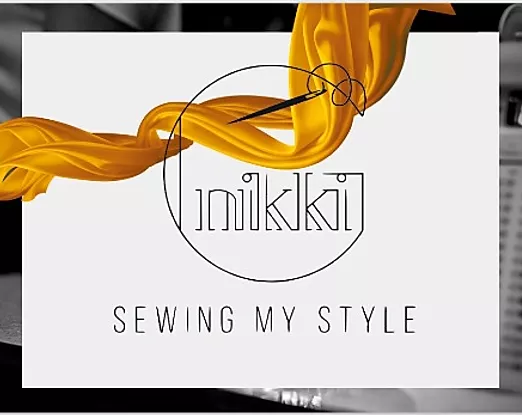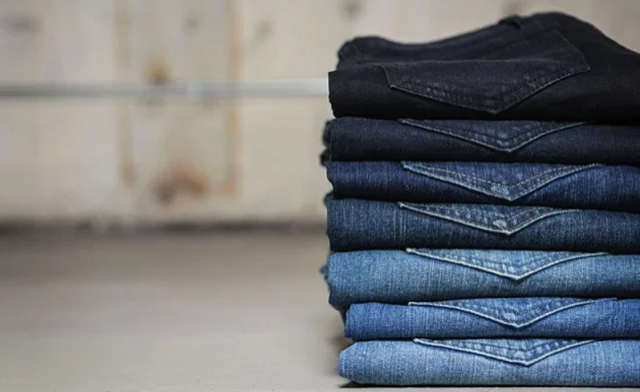JEANS: MUSLIN TO "I MADE THEM"
The jeans you wear speak volumes about your personality - let them speak to you during construction.
Denim History
"Jeans" also references a (historic) type of sturdy cloth commonly made with a cotton warp and wool weft (also known as "Virginia cloth"). Jean cloth can be entirely cotton as well, similar to denim. Originally designed for miners, modern jeans were popularized as casual wear over the years. Jeans now represents a type of pants or trousers, typically made from denim or dungaree cloth. "Blue jeans", which were invented by Jacob W. Davis in partnership with Levi Strauss & Co. in 1871 .....and now made by you!
(Credit: Wikipedia)
Originally developed in Italy, weavers produced a kind of twill fabric which became denim, provided to servicemen for uniforms, able to be worn wet or dry. Today denim is dyed with indigo and pre-shrunk before constructing into garments for retail. It's also a good practice to pre-wash/shrink before making your own jeans at home. I love to bleach and dye the fabric too.
Stretch denim which includes elastane, a stretchy, synthetic fiber, also known as Spandex, or Lycra, into the fabric, about 1 - 3%. Over 4% spandex the fabric becomes something else, like "jeggings". So consider how you want the end result of your fit from just holding their shape, or hugging your shape.
As you decide on which fabric to purchase, consider the weight of the denim from 5 oz. (chambray) to 12 oz. heavy jacket-weight denim. A nice pair of jeans can easily be made from stretch denim between 7-10 ounces...produces great results. Non-stretch denim can do well in heavier weights for men's trousers or jackets.
Preparation:
Wash your denim fabric 2- 3 times! The indigo dye will wash out more and more and the cotton will continue to soften. Dry the fabric in between washings and finally press with a warm iron. If fabric with imperfections was mistakenly purchased, you will know when washing, as it will twist on you. You'll know!
Best practices for prepping your pattern:
- cut the legs one at a time
- interface pieces immediately
- use stickers or invisible marking pens on weft side of fabric cut all notches
- finish edges by serging or zig-zag to keep fabric from fraying
Yes, you should make a muslin
If you've never made jeans or even pants before, make a muslin to check your fit. Use a non-stretch cotton fabric equal to the weight of your denim or a throw-away denim as your first make. Simple adjustments can be made to the pattern to determine accurate sizing. Most of us require an increase in the back crotch seams to make sure we have enough rise in the back...at least one inch. Today's patterns provide enough ease and length of waistband for you to be flexible with measurements.
Notions/Options:
Jeans are typically made with metal buttons, metal zippers with indigo tape and rivets for accents around the pockets. Topstitch thread is also used to design outside edges - and its a good idea to set up a 2nd sewing machine to go back-forth as topstitching is done throughout construction. Jeans or Denim needles are now sold which also can be size 14. Be sure to test your fabric with stitches, including button holes.
Purchase jeans supplies here:
Fabric Stores with great denim:
Class Registration is open for June 2021 - register here
Thanks for the love!
Nikki





